Being Keen on Being Green
What do grocery store dumpsters, bamboo bicycles and tiny houses have in common? They are all tools that environmental activist Rob Greenfield uses in his mission to live sustainably.
On Monday, Jan. 11, Greenfield spoke about his projects with raising awareness about sustainable living and the positive impact that individuals can make on the environment as a guest speaker for the HH Educational Foundation.

One such project that Greenfield shared was his series of Food Waste Fiascos. To make each Fiasco, he sifted through grocery store dumpsters and collected food that had been unnecessarily thrown out. At the end of the day, he posed for a picture with his unspoiled spoils, which he arranged as a picnic to show that the discarded food was still alright to eat.
“I do extreme projects to catch people’s attention and shock them,” Greenfield said. “My work is to create visuals to help people understand issues that are very difficult to understand. It brings it into the mainstream.”
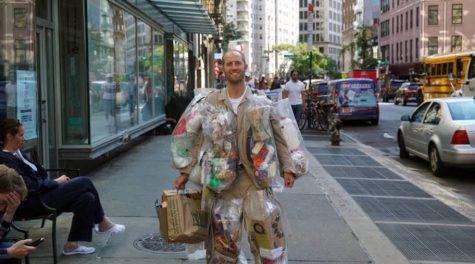
Another visual project that he undertook to demonstrate accumulated waste was a month-long effort. Over the course of 30 days, Greenfield kept the trash from the food that he ate and gradually made a suit with it, which he debuted in the streets once completed.
“Every day, I added every piece of food that I ate to the suit. The visual was to put the garbage in sight and in mind, to show people how much it adds up,” Greenfield said.
Greenfield believes that happiness comes from living simply and sustainably. “U.S. house sizes have doubled in the last 30 years, but happiness and health are decreasing. There’s a balance that must be met.”
He didn’t always think this way. “As a child, I loved the outdoors,” he recalled. “But I lost connection with the environment in high school. I became more materialistic. I cared a lot about what others thought of me and of my clothes.” He had a series of aha moments after college from reading books and watching documentaries. “I realized that a lot of my actions were causing destruction to animals and species.”
Greenfield decided to change how he was living, and he started small by making a long list of changes that he wanted to make, which he hung up in his kitchen so that he could see it every day. “My goal was to make one positive change per week. I started with small things, like using a reusable shopping bag, then eating healthier with local, organic foods. The things that were good for the earth were also good for me: I was in a positive feedback cycle, and I was feeling healthier and happier as well.”
“I was inspired by Mahatma Gandhi,” Greenfield said. “‘Be the change you want to see in the world.'”
His first grand demonstration of sustainable living was a 407,000-mile journey across the country on a bamboo bicycle. “I wanted to live sustainability to the extreme and live it loud, so people could be inspired.”
On his journey, he ate only local, organic and unpackaged food, sometimes dumpster diving to save food that would have been wasted. “Half of all food produced in the U.S. is thrown out. That summer, 70% of my diet was from dumpsters.”
In addition, Greenfield’s only source of water for drinking and showering came from lakes and rivers, which he purified. And rather than using grid electricity such as light switches and air conditioning, he relied on two solar panels. He was very fastidious about these rules: unwilling to trigger automatic doors, he’d wait until someone else triggered it and walk in beside them.
“I started to understand my life better and what it means to be a human being in the 21st century,” he said. When he reached his destination in Vermont, having biked from San Francisco, he had accumulated only two pounds of garbage. “In 104 days, I created less than what the average human does in one day.”

Though no longer living nomadically, Greenfield still wanted to practice sustainable living. Today, he lives in a 100-square-foot house with only 44 possessions. Akin to his days on the road, his electricity comes from a few solar panels and his drinking and showering water from purified rainwater that he catches himself.
“Some people see sustainable living as inaccessible. So much of life is about perspective. The average American uses 100 gallons of water per day, while Europeans use 50 and Sub-Saharan Africans, five. Seeing [something] around you makes it normalized, but it’s not normal for the world,” he said. “Simplifying my life was the key. The simpler my life, the easier it was for me to live sustainably and be happy and healthy.”
In addition to his stories, Greenfield shared tips that everyday individuals can do to live more sustainably: shopping for local food, taking shorter showers, unplugging things not in use and more. More information can be found on his website: www.RobGreenfield.org.
Greenfield had a final message to impart: “The weight of the world is not on any of your shoulders. But there are things that we can all do to be proactive and live good lives that we can feel empowered and excited about. Strive to not ask so much what other people think, but whether you’re making yourself proud. Start where you are. Start with one positive thing you can do, and keep going until you’ve become the change you wish to see in the world. Make it an adventure.”

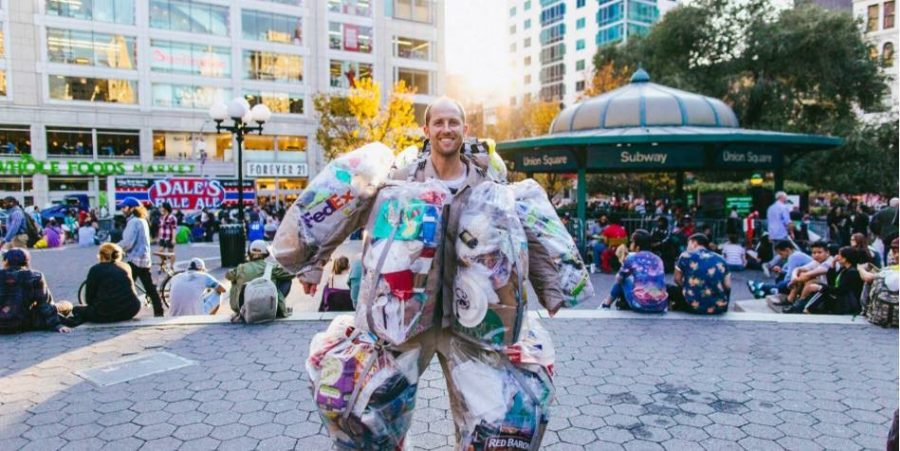

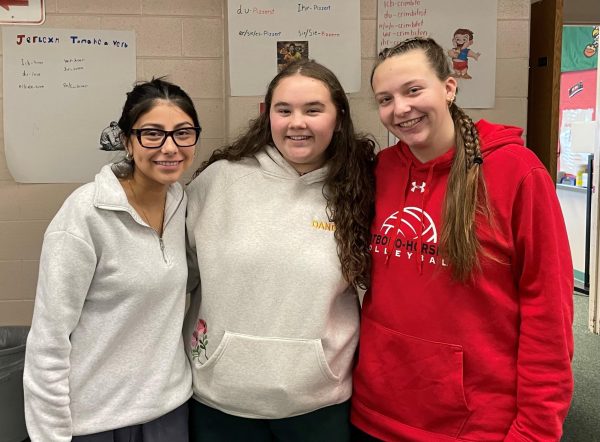
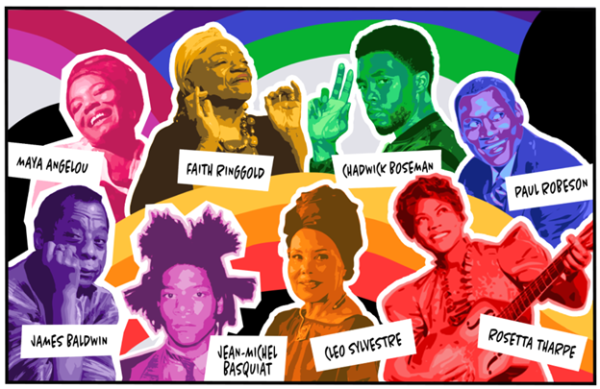

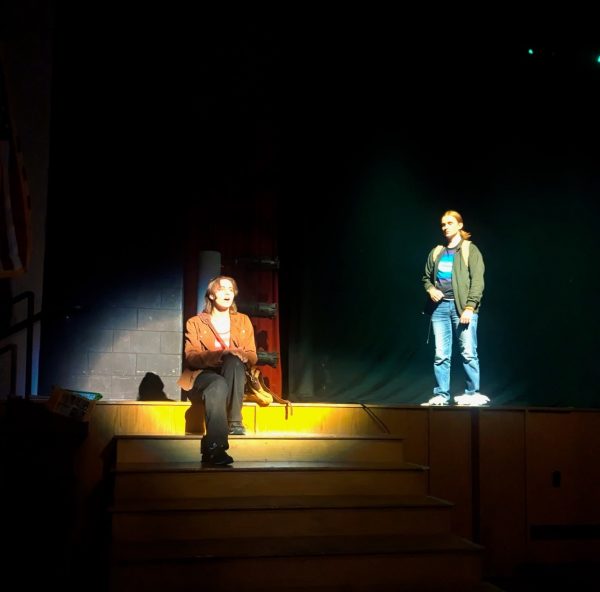
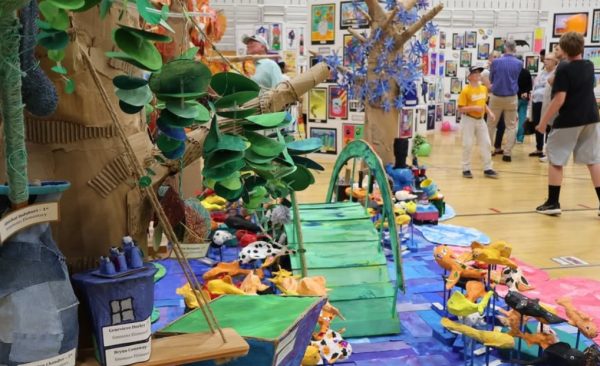

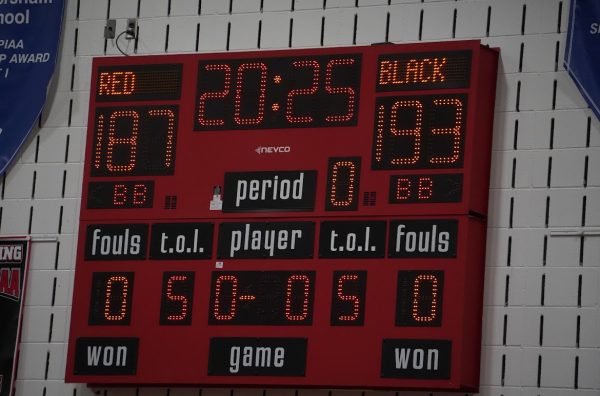
Danielle • Feb 28, 2021 at 3:14 pm
good article! well done 🙂